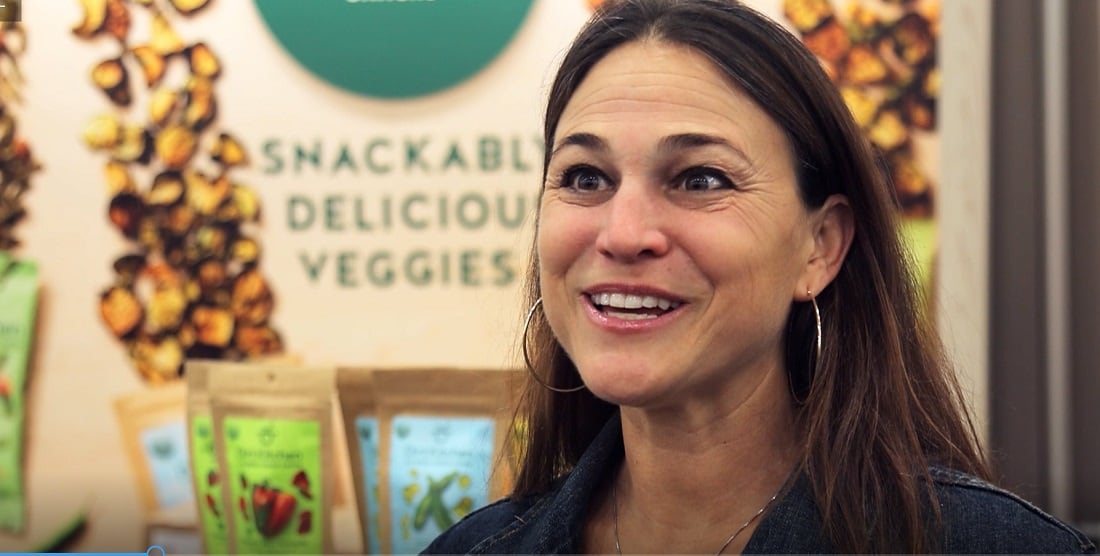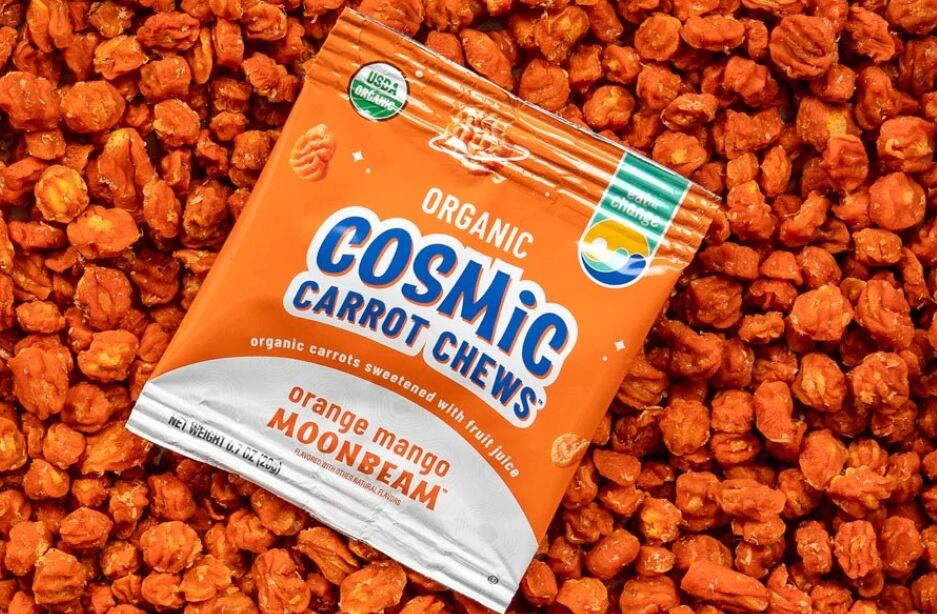Based on analysis of more than 14,000 eating occasions, captured through an online survey conducted each spring, summer and fall since 2012, The Hartman Group found a significant increase in the percentage of adults eating early morning snacks and late night meals or snacks.
In 2021, nearly a quarter (23%) of respondents reported eating an early morning snack – which is different from breakfast and from a mid-morning snack – up from 19% the year before and 20% in 2019 before the pandemic.
In the same time period, respondents eating late night snacks or meals rose to 22% in 2021 from 19% in 2020 – almost a full recovery to the 24% who reported doing so pre-pandemic.
This shift has come at the expense of more traditional meals and snacks, according to the research, which found the percentage of Americans eating breakfast fell to 59% in 2021 from 63% in 2020.
'The basic rhythm of eating and drinking across the day shifted'
The percentage of US adults that eat lunch also fell to 62% in 2021 from 67% in 2020, as did those who ate dinner, which dropped to 75% from 80%. Afternoon snacking also took a hit – dropping to 32% in 2021 from 38% the year before. Mid-morning snacking managed to hold its own for the most part, dipping only slightly to 21% from 22% in the same period.
“The basic rhythm of eating and drinking across the day shifted. On average, fewer Americans were participating in breakfast or after dinner snack occasions when compared to pre-pandemic levels,” Renee Wheeler, a senior consultant with The Hartman Group said.
She explained that this shift from the main part of the day to early morning and late evening reflects “consumers' return to some sort of pre-pandemic routine in terms of going to work outside the home and seeking out evening social life.”
An early morning snack...
While this may challenge some categories that benefited from increased consumption of breakfast and lunch at home during the height of the pandemic, it is also creating opportunities for product innovations that target these new eating occasions.
“An early morning snack is particularly interesting … in terms of who’s participating in these occasions,” she noted. “Whereas pretty much everyone eats breakfast, the demographics of early morning snack occasions skew towards millennials, parents, urbanites, those who are employed full-time and with higher household income levels.”
In addition, when compared to pre-pandemic, early morning snacking occasions are more likely to be social in nature and sourced from a restaurant, including leftovers, according to Wheeler.
But, she added, there is room, and need, for retailers, food service providers and CPG manufacturers to target this usage occasion with product innovations that are convenient, fresh, less processed, nutrient dense and easily customized, which early morning snackers call out as key attributes.
Likewise, Wheeler encourages industry players to address this emerging daypart through social media marketing campaigns.
Restaurants recapture losses from early in the pandemic
Shifts to late night snacking and meals also creates opportunities for CPG manufacturers and retailers, but they also will face increased competition from restaurants, according to Wheeler said.
She noted that after isolating for so long during the pandemic, many Americans are eager to socialize with friends and family – driving a preference for recipes and products that easily adapt to suit a variety of tastes, eating preferences and offer flexible portion sizes and formats that can easily feed a crowd a smaller, more intimate group.
Meals and snacks consumed later in the day also increasingly are sourced from restaurants – even if they are still enjoyed at home versus on premise, The Hartman Group’s research revealed.
While eating restaurant food took a hit early in the pandemic, dropping several percentage points across all age groups besides Gen Z in 2020 compared to 2019, it has come back with a vengeance and now surpasses pre-pandemic levels, according to The Hartman Group.
The survey found that 24% of eating occasions in 2021 took place at or were sourced from a restaurant compared to only 19% in 2020 and 21% in 2019. Among those sourcing most frequently from restaurants are parents at 39% in 2021 versus 28% in 2020 and 2019, according to the survey.
As consumers eat restaurant food more often, their appetite for indulgent over the top offerings has waned slightly and they now more often seek options that check “basic health and well-being,” up 6 percentage points from 2019 to 39% in 2021.
Restaurant food also is more social and less spontaneous now than pre-pandemic with 75% of occasions taking place with others (up 9 percentage points from 2019) and with less than 35% decided upon within an hour of eating (a 7-percentage point drop from 2019).
New opportunities for restaurants, CPG products
Based on these behaviors, Wheeler suggests that there is white space for restaurants to capture more eating occasions with valued-added “builds” that extend beyond the immediate eating occasion and address a desire for leftovers that can be repurposed into late night or early morning snacks.
Likewise, she said, CPG manufacturers can “counterbalance” the rise in restaurant orders by offering health-forward, culinary-driven options that are convenient and easy to assemble or prepare.




